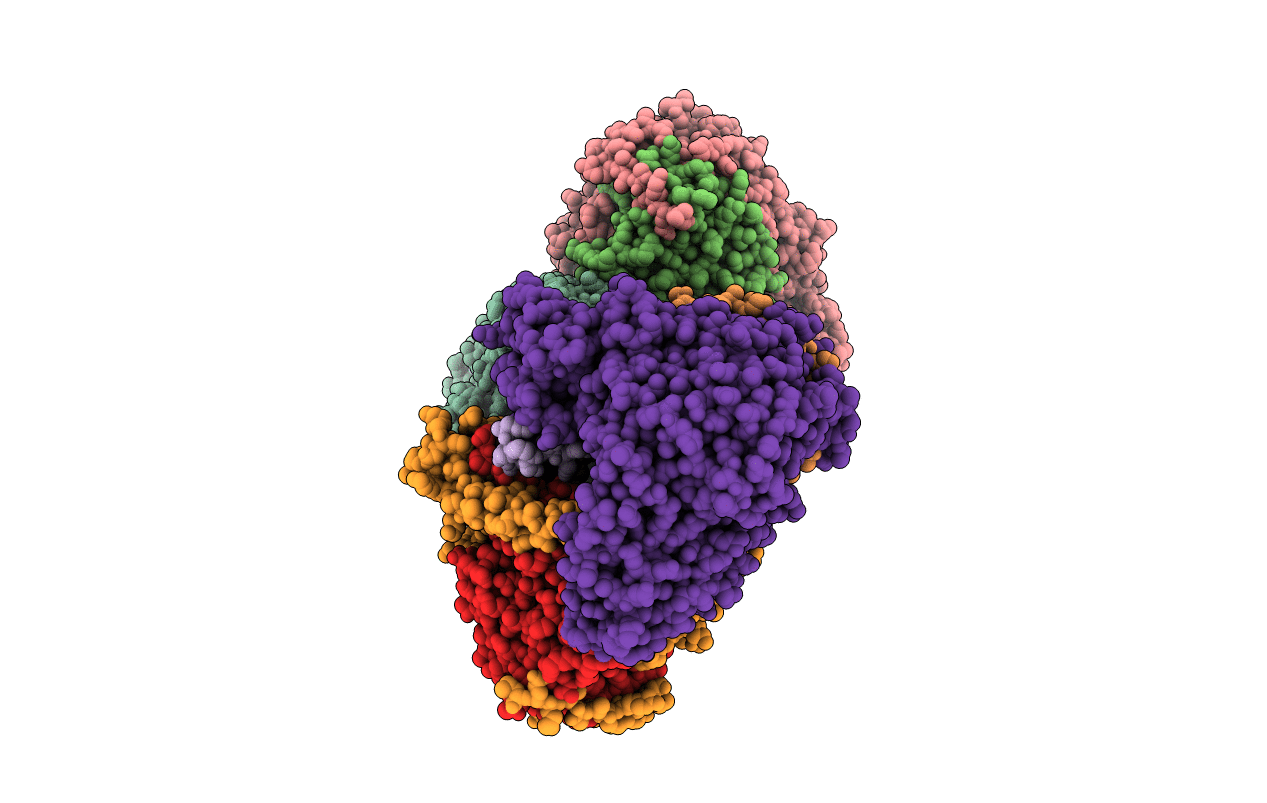
Deposition Date
2015-02-25
Release Date
2016-03-02
Last Version Date
2024-11-20
Entry Detail
PDB ID:
4YFA
Keywords:
Title:
Structure of N-acylhomoserine lactone acylase MacQ in complex with decanoic acid
Biological Source:
Source Organism:
Acidovorax sp. MR-S7 (Taxon ID: 1268622)
Host Organism:
Method Details:
Experimental Method:
Resolution:
2.20 Å
R-Value Free:
0.23
R-Value Work:
0.19
R-Value Observed:
0.19
Space Group:
P 1


